Good day folks! Shawn here from Air Photography. Today DJI has launched the brand new DJI Air 3S. This new drone has significant upgrades when it comes to both the camera and some of the intelligent flight features. In this first impressions and overview video, I’m going to talk about some of these new features and enhancements. I’m going to show some sample footage shot in different scenarios to try and showcase the camera’s capabilities.
Design and Physical Changes
When it comes to overall size and styling of the Air 3S, it’s very similar to the Air 3. Here we have the Air 3S and here we have the Air 3. The biggest difference that you’re going to notice is the camera on the front is quite a bit larger. On top of that, we do have a front-facing LiDAR now, which we will talk a little bit more about here coming up in a minute.

Camera Upgrades
The biggest upgrade of the camera system is a new 1-inch sensor when it comes to the wide-angle camera. The three times tele camera remains at a 1/1.3-inch sensor. Now both cameras utilize a brand new image processing platform. It’s a hardware-based upgrade and it really enhances the way the camera functions.

Some of the enhancements include:
- Now being able to set the ISO all the way up to 12,800, up from 6,400. That’s while filming in a standard color profile.
- If you’re going to be filming in D-Log M or HLG, the ISO has been increased to 3,200, up from 1,600.
- The Air 3S is capable of HDR video at 60 frames per second, providing up to 14 stops of dynamic range, up from 12 stops.
- If you’re a person who likes to capture in slow motion, you can now capture in 4K at 120 frames per second, up from 100 frames per second.
- If you’re filming in 1080p, you can now capture at 240 frames per second.

Photo Capabilities
The Next Generation smart photo algorithm gives a big boost when it comes to photos. It significantly enhances overall image resolution, noise reduction, and dynamic range. You’re now also capable of capturing photos at 50 megapixels, up from 48 megapixels. On top of that, there’s a brand new panorama mode. This new Panorama Free mode allows for more customization. You can set a beginning and end point, and then of course the camera will go ahead and stitch it all right in the app.

Low-Light Performance
If you’re a person who likes to fly at night, some of these improvements are going to really increase the quality of video while filming at night. Now I’m not a person who flies my drones a lot at night, but in this sample footage you can see it looks really good. None of this footage was color graded or corrected in any way. That’s straight in auto mode right off the camera. You can see how bright and clear the video is. It does a really good job when flying at night.

Now for me, some of these improvements are going to make a big difference when I’m flying not necessarily at night but during sunrise and sunset. Sometimes after the sun has gone behind the horizon, you’re still getting some nice footage but the lighting conditions are not ideal. That larger sensor and the camera improvements are really going to improve that footage as well.

Versatility for Content Creation
Now even if you’re not into aerial photography and videography, this is another example of where a drone like this can be beneficial. Right now I’m filming on the Air 3S. I’m recording audio on the DJI Mic 2 and I have noise cancellation enabled so it should help get rid of a lot of the background noise. It’s pretty windy today and it’ll help get rid of the drone noise.
Perhaps you’re creating content for social media, you’re a vlogger, you like to capture your hikes or other outdoor adventures. This is a perfect tool to help you get those dynamic shots. If you’re a solo content creator, it’s very difficult to get shots like this unless you have a cameraman following you along. This is just a nice simple way, a nice tool to help you get some more interesting shots for your social media and your vlogs.
Hardware Changes
When it comes to hardware changes, not only has the camera been improved, we have this new front-facing LiDAR now. That front-facing LiDAR is going to make detecting obstacles with little to no texture a lot easier. That includes things like glass and walls that have a solid color. It’s definitely going to make flying in certain environments a lot safer, and especially if you have to do a return to home either manually or failsafe, the Air 3S will be able to detect some of these objects a little bit easier.

Battery Improvements
The batteries for the Air 3S also got a slight update. The capacity is slightly higher now. It’s not by much, but if you’re upgrading from something like the Air 3 to the Air 3S, all your batteries from the Air 3 are fully compatible with the Air 3S and vice versa. Now the new batteries for the Air 3S do have a special capability which we are going to talk a little bit about more here coming up in a minute.
Intelligent Flight Modes and Safety
On top of the hardware updates, there’s been some increased functionality of the drone when it comes to intelligent flight modes and safety. First off, when it comes to obstacle avoidance, the Air 3S now has omnidirectional low light obstacle sensing. So again, that makes it safer when flying in certain environments in low light conditions. Again, when performing a return to home either manually or if it’s a failsafe return to home, it’s definitely going to be a lot safer and be able to detect obstacles in lower light conditions.

Now when it comes to Active Track, it got a significant update as well. The Air 3S is now capable of aesthetic assessment. So when you’re filming in auto mode, the drone is going to be able to assess the foreground and background to try and get you the most visually appealing angles. So that can be really important especially if you’re tracking yourself in a vehicle. You can now focus on driving, you can let the drone worry about the composition of the shot. It’s going to use its aesthetic composition feature to get the most visually appealing angles and you can just focus on the driving and let the drone do all the work. And that same feature works whether you’re riding a bike or even just doing some walking.

Of course, you still have full manual mode which utilizes the 360 tracking where you can easily place the drone anywhere around you in a complete 360°. So whatever suits your tracking needs at the time, you can easily switch back and forth.
The Air 3S is now also capable of advanced vehicle recognition including the orientation of the vehicle and the type, and it can even detect smaller obstacles. It can actively avoid road signs, oncoming traffic, and it can even recognize when you’re entering into something like a tunnel. And as a bonus they’ve also increased the tracking speed from 12 m/s all the way up to 15 m/s.
Improved Return to Home
Return to Home also gets a pretty substantial update. The drone can now autonomously plan the best route home even when you’re not connected to any satellites. New algorithms allow the drone to perform a real-time scan with every flight, essentially building a real-time map of the environment. So in the event of a failsafe return to home or you manually initiate a return to home, it’s going to have a good understanding of its environment and be able to plan the best route home safely even if you’ve lost connection to satellites.

Now a good example of that in this flight here: I took off from the bank of a river and off to the side of me there were some trees. And of course, as I’m flying the drone is mapping the environment and on the return to home it knew that there was going to be an obstacle there that could potentially cause a problem. So when it did the automatic return to home, it came out quite a bit further. You can see by the virtual line, it came down to almost ground level and then flew back into where it took off slowly. So it’s pretty impressive to see it in action with its real-time mapping. It knew that there were some obstacles there and it actively avoided them during the return to home.
Vision Assist and Quick Transfer
Vision Assist on the Air 3S has been updated as well. It’s now version 2.1, and with version 2.1 we can now make use of the bottom cameras. Of course, when using Vision Assist, we can look around all the cameras to help assess the environment if we’re flying in certain scenarios. And as already demonstrated, it supports that visual return to home and it supports the AR drone shadow, which can be very important if you’re trying to land the drone in a very precise location.
Now another interesting new feature of the DJI Air 3S is a feature called Off-State Quick Transfer. Quick Transfer is a feature to get the content from the drone over to a mobile device without needing to connect it to a controller. Now what’s new with the Air 3S in Quick Transfer is you don’t actually have to power the drone on. The new feature Quick State basically leaves the drone in a sleep mode for up to 12 hours, and that way you can connect to it without having to power it on.
So I’ll just show you how that works here. I’m going to launch the DJI Fly App and you can see right away it’s picked up the DJI Air 3S. So I can tap on that and it shows us the Air 3S there and it says it’s sleeping. So we’ll click on that and now it’s waking it up. Now when it wakes it up it doesn’t put it into a full powered state. The gimbal’s not going to work, it’s basically just enough power to get the content off. So we’re going to join its Wi-Fi. So there we go, we’re now connected and at this point we can either click on the Quick Transfer button again or we can click on album and that’s going to display everything on the memory card.
As mentioned, this isn’t fully powered on. You can see the gimbal’s not active. So let’s click on Quick Transfer and here’s everything that’s currently on the memory card. So we can go in just like normal and preview it and we can also select various files and then click on the download button. So this is definitely going to be a handy new feature for some types of creators.
Now one important thing to keep in mind is that the new battery that comes with the Air 3S is a little bit different than that of the battery of the Air 3. Both batteries are compatible. You can use your Air 3 batteries in the Air 3S and vice versa. You can use these new batteries in the Air 3, but the important thing to note is that in order to use this off-state transfer, you do have to be using the new updated batteries.
Transmission System Upgrades
The DJI Air 3S features the O4 transmission system, but it got some upgrades as well. The first update is that the signal when flying the drone is more omnidirectional. In previous drones, to get the best signal, it was always best practice to point the antennas at the drone. But now with the Air 3S, with its new upgraded transmission, it’s more omnidirectional, so you’re going to get a really good connection no matter which way the controller is oriented. On top of that, it’s better at handling interference. If you’re flying at a location with multiple DJI drones, you’re going to have less interference and a better overall connection.
Additional Features and Compatibility
If you order the Air 3S as a Fly More combo, you’re going to get the charging hub, and just like the Air 3, this can work as a power bank. It also has the power consolidation feature where it will take the remaining power of batteries and put them all into one, which could potentially get you an extra flight. And also with the Fly More combo, they include an ND filter set, which is a really nice touch. The set comes with an ND8, ND32, and ND128.
The DJI Air 3S is compatible with the RC-N3 controller and the DJI RC 2 controller.
Conclusion of my DJI Air 3S Review
So definitely some really nice new features and enhancements of the DJI Air 3S. If this is a drone you’re interested in, make sure you’re subscribed to my channel as I will be covering this drone fully over the coming weeks and months. We’re going to dive into some of these features more in-depth, such as tracking, return to home – we’re going to really test them out and see how well they perform. Of course, I’ll have a full beginner guide for it coming shortly if this is going to be your very first drone. That’ll definitely be helpful to get you up and flying quickly.
I want to thank you for taking the time to watch this video. Hopefully you enjoyed it and found it had value. Thanks a lot, and we’ll see you on the next one.

Discover more from DroneXL.co
Subscribe to get the latest posts sent to your email.

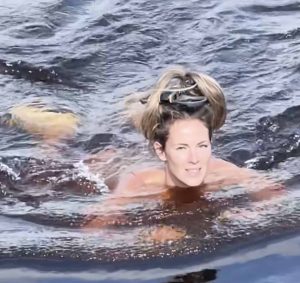
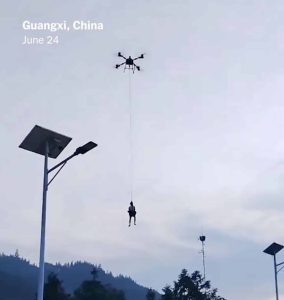
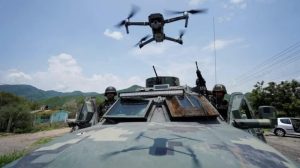

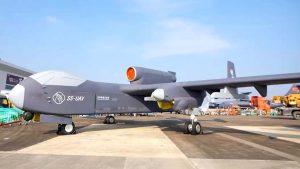
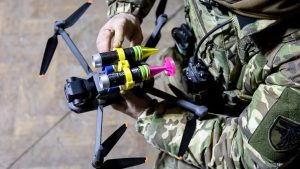
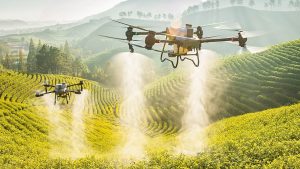
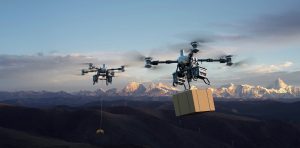
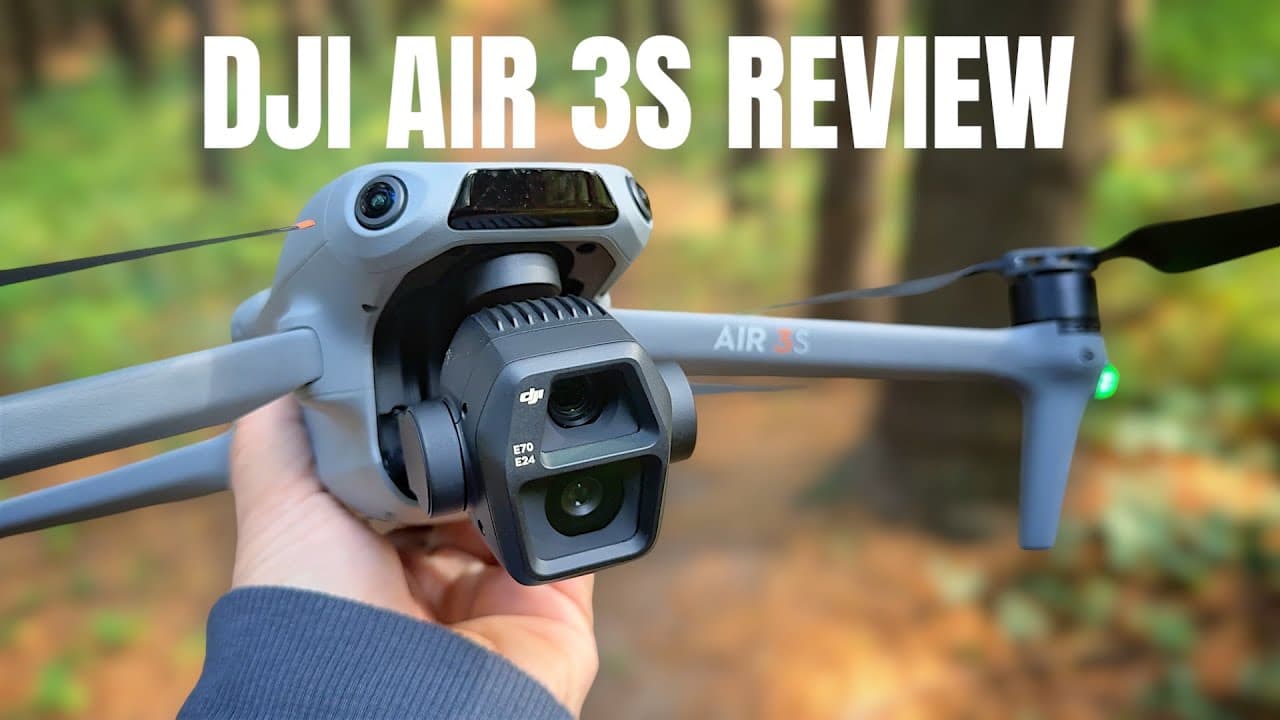

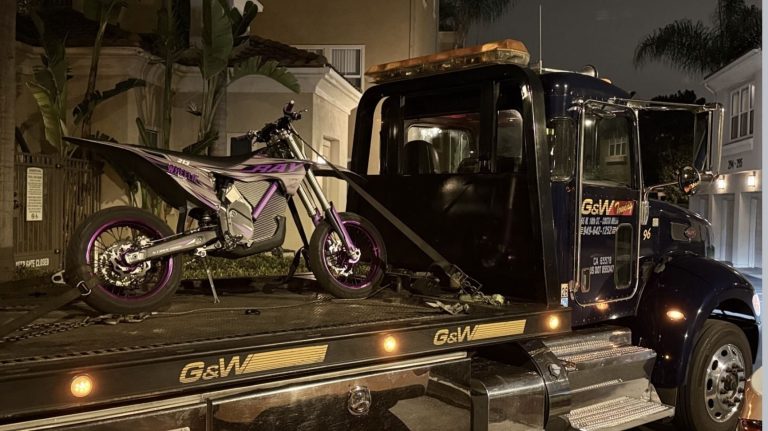

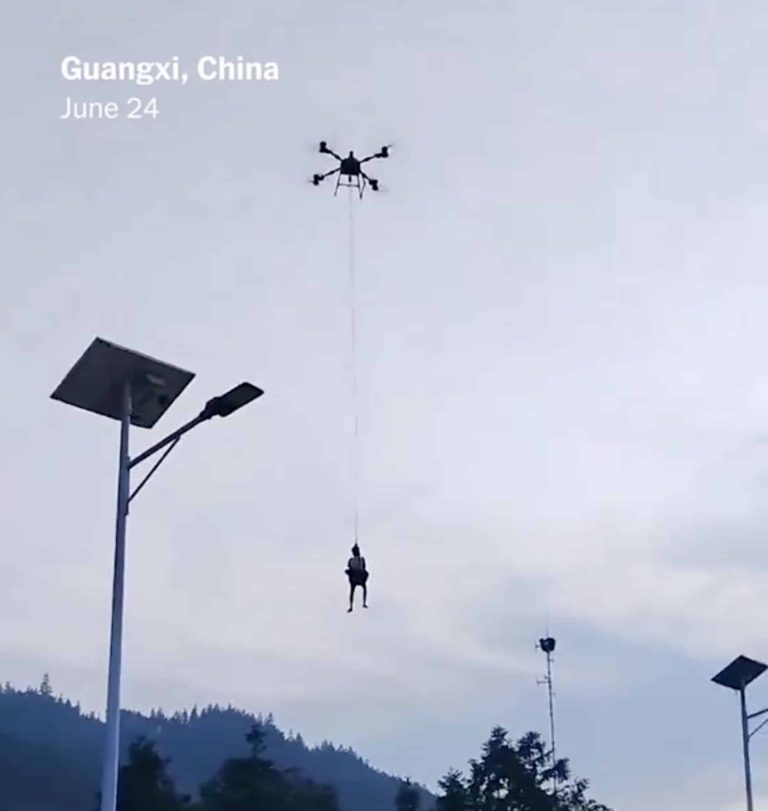
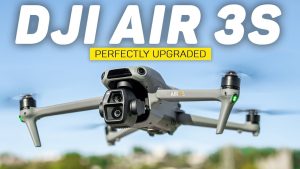
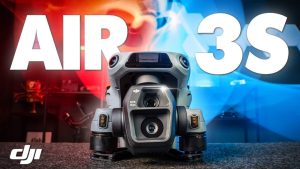
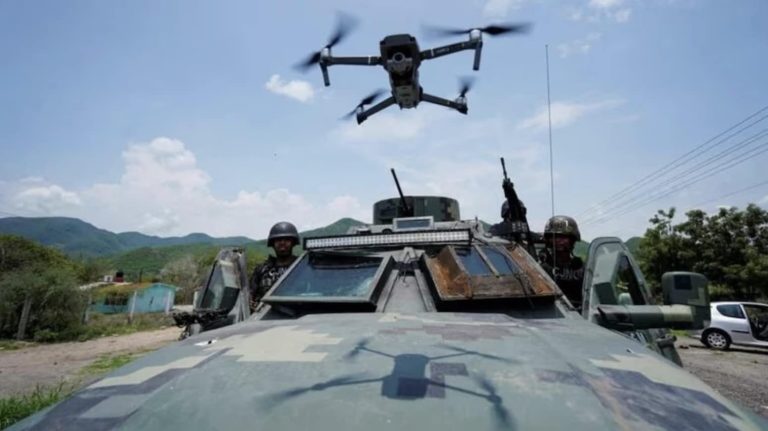

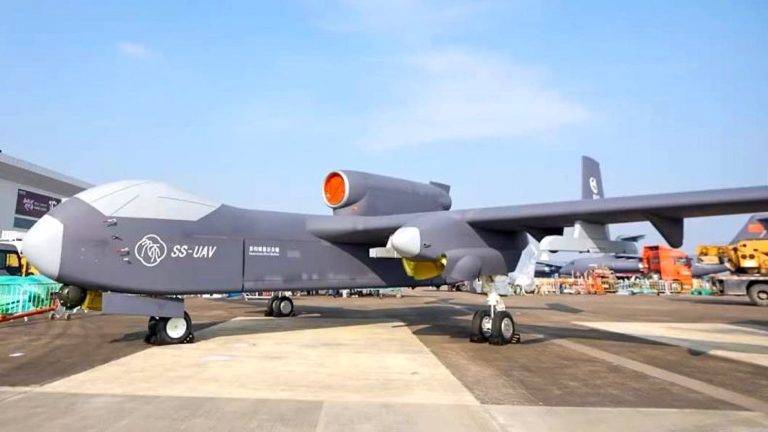

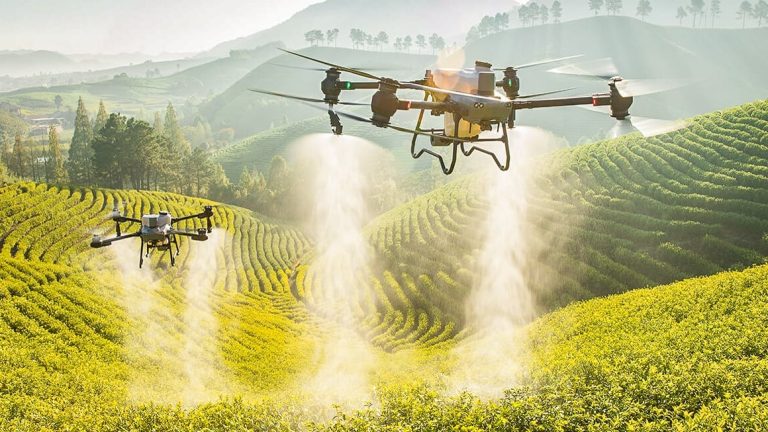
+ There are no comments
Add yours